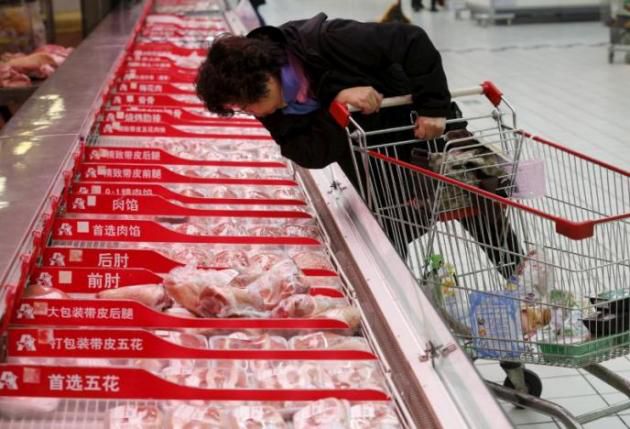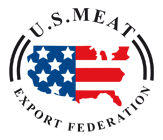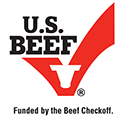Impacts of U.S. Beef Exports to China
By, John Nalivka President Sterling Marketing
With China set to begin importing U.S. beef no later than July 16th, America’s robust beef export market will sparkle even more. For the first quarter of 2017, U.S. beef export tonnage was up 22% from a year ago and the value of those exports was up 23%.
We know that some of the U.S. beef exports to Hong Kong and Taiwan have been going to China already. I am not sure if we can put an exact amount on those “trans-shipments.” In 2016, our beef exports to Hong Kong were 294 million lbs. or 12% of total U.S. beef exports, while 137 million lbs. were shipped to Taiwan, or 5% of the total. Year-to-date through March, exports to Hong Kong were 66 million lbs., down 16% from a year ago. U.S. shipments to Taiwan were 30 million lbs. and 24% higher than the prior year.
China’s announcement would further add U.S. beef to those trans-shipments and will go directly from the U.S. to China.
There a couple of major points for consideration before we begin shipping beef to China. First, the U.S. must agree upon food safety considerations with regard to poultry. This concerns both the importing of cooked chicken from China and exporting chicken to China. The Chicken Council is positive as these talks offer the opportunity to break down barriers resulting from avian influenza for U.S. chicken going to China.
The second issue is China’s requirement for source and age verification for U.S. beef, a food safety concern and ultimately their reason for stopping importing U.S. beef in 2004 following BSE.
The U.S. does not have a mandatory cattle ID program, and furthermore, I don’t think we will in the near future. So, China will have to accept our voluntary system and they probably will. The number is somewhat fluid, but a couple of years ago I estimated about 15% of U.S. cattle were age and source verified. I was closer to that business then I am now. I was a partner in a company that provided that service.
In addition to age and source verification, China may also may demand hormone-free and/or GMO free beef. Non-GMO has been a major consideration for other agricultural product shipments to China. While GMOs are not directly specific to beef, the issue concerns feed. We can meet either or both stipulations.
I do not know what the final trade agreement will say concerning hormone-free or GMO-free, but the potential supply of beef for that specific market is significantly reduced. USDA has not revised their country list of Export Requirements to again include beef for China but I expect that to coincide with release of the final proposed rules.
That brings us to the U.S. beef products that would be shipped to China. China’s demand for U.S. beef would probably mirror many of the items shipped to other Asian countries. These include some primal beef cuts for retail as well as food service. Also, there will demand for selected variety meats. So, at this time it is somewhat difficult to address specifically the impact but generally, additional export business does and will further support wholesale beef prices.
Export market support tends to be seen across the market as the psychological impact is as real as the trade volume impact on prices. The timing for initiating this export business to China will likely support prices could just be a continuation of the current price strength and support prices following Memorial Day weekend and into the third quarter when I expected the increasing supply coupled with increased pork production to pressure the market.
Source: http://www.cattlenetwork.com


